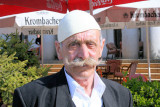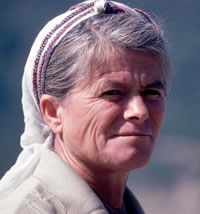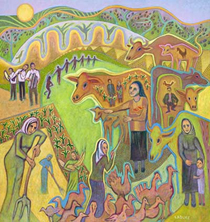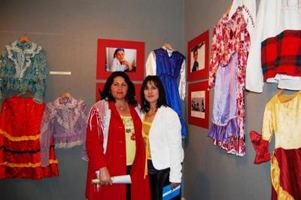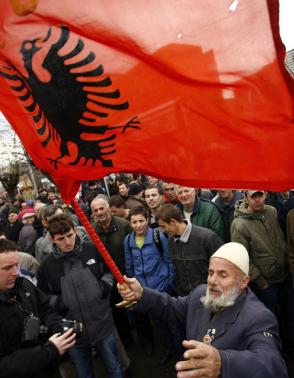
|
ALBANIA Day 11 October 02, 2011 Ohrid - Elbasan - Berat - Durres |
Crossing Macedonia-Albania border and arrival in Elbasan. Short city tour and continue to Berat, Visit of Onufri museum and Berat castle. Late afternoon arrival in Durres. O/N in Durres |
| Day 12 October 03 , 2011 Durres - Tirana - Durres | City tour in Durres, the biggest Albanian coastal city.. Afternoon Tirana sightseeing. Free afternoon in Tirana and (or) Durres O/N in Durres |
|
Day 13 October 04 , 2011 Durres - Kruje - Budva |
Departure to Kruje and visit of Skenderbeg museum and castle. Drive along the Albanian coastline and crossing Albania - Montenegro border |
 ALBENIA
ALBENIA
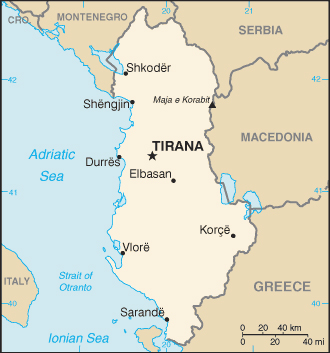
Albanias capital Tiranė has a population of 0.4 million. Major cities beside the capital Tiranė include Kruje, Gjirokaster and Sarande. Albania shares its border with Greece, Macedonia, Montenegro and Serbia
Albania is the Medieval Latin name of the country which is called Shqipėri by its inhabitants. In Medieval Greek, the country's name is Albania besides variants Albanitia, Arbanitia.
The name may be derived from the Illyrian tribe of the Albani recorded by Ptolemy, the geographer and astronomer from Alexandria who drafted a map in 150 ADthat shows the city of Albanopolis
The name may have a continuation in the name of a medieval settlement called Albanon and Arbanon, although it is not certain this was the same place. In his History written in 10791080, Byzantine historian Michael Attaliates was the first to refer to Albanoi as having taken part in a revolt against Constantinople in 1043 and to the Arbanitai as subjects of the Duke of Dyrrachium.During the Middle Ages, the Albanians called their country Arbėr or Arbėn and referred to themselves as Arbėresh or Arbnesh.
As early as the 16th century, a new name for their home evolved among Albanian people: Shqipėria, popularly interpreted as "Land of the Eagles" or "Land of the Mountain Eagle" hence the two-headed bird on the national flag,though most likely the origin lies in Skanderbeg's use of the Byzantine double-headed eagle on his seals.
Under the Ottoman Empire Albania was referred to officially as Arnavutluk and its inhabitants as Arnavuts
